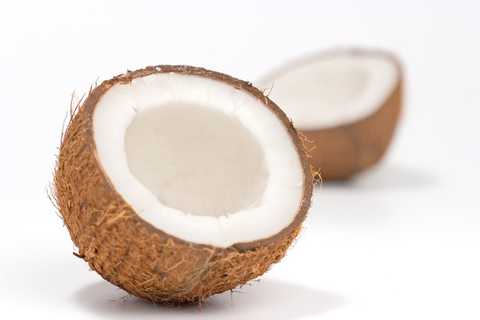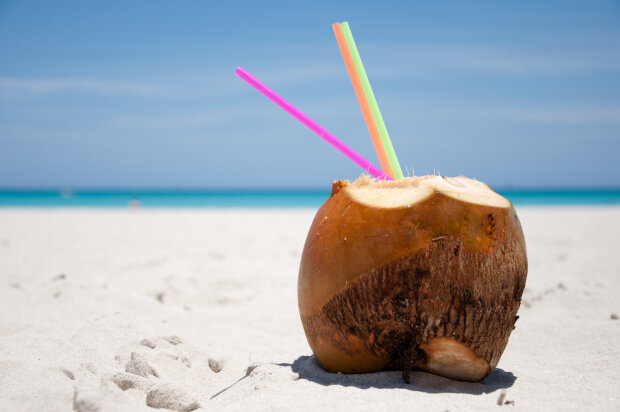Coconut chips are considered a healthy and filling snack between meals. You can find out here how the tropical fruit actually affects your body and what ecological effects coconut chips have.
Coconut chips: how to buy and use them

You can not only buy coconut chips and snack on them, you can often find them as part of muesli and nut mixtures or bars. They are also a popular ingredient for yoghurt and quark dishes, smoothies and smoothie bowls or creamy desserts.
You can also use the chips as a baking ingredient for cookies, muffins and other desserts. They are suitable as a decorative topping for soups, curries and other wok dishes with coconut milk. When buying, you should use organic coconut chips if possible. In this way you support sustainable agriculture that works without pesticides that are harmful to the environment and health.
Also make sure that the coconut chips do not contain any sulfur dioxide (E 220). This is a preservative that poses no risk as long as the legal limits are observed. However, some conditions, such as asthma, require caution. Sulfur dioxide also destroys vitamin B1. It is therefore forbidden to sulphurize certain products containing vitamin B1.
Some coconut chips also contain sugar syrup or other sweeteners. If you want to avoid this, you should first look at the list of ingredients.
These are the nutritional values of coconut chips
Compared to other nuts, coconut chips are relatively high in calories: Rapunzel coconut chips contain around 700 kilocalories per 100 grams. They each consist of about seven percent carbohydrates and protein and about 14 percent fiber.
Almost all of the rest is fat. So this makes up about two-thirds. Coconut chips consist largely of saturated fatty acids. They contain 64.4 grams of the rather unfavorable fats per 100 grams. Up to a certain amount, saturated fatty acids also play an important role for our body: For example, they are essential for the protection of our organs and for hormone and immune metabolism.
At the same time, however, they also increase the LDL cholesterol level. This increases the risk of cardiovascular disease. According to the guidelines of the German Society for Nutrition, saturated fatty acids should therefore not make up more than seven to ten percent of the total energy balance. However, this value is often exceeded. That’s why you should only consume coconut products in moderation.
Compared to nuts and seeds, coconut chips are also poorer in micronutrients. They only contain potassium and iron in appreciable amounts. Other minerals or vitamins are contained only to a small extent.
Make coconut chips yourself: Here’s how
If you want to make your own coconut chips from fresh coconut pulp, you can follow these steps:
First, it is best to cut the flesh into thin strips with a vegetable peeler.
Place the strips on an oven rack or a baking sheet lined with parchment paper.
Optionally you can refine them with a little salt or a sweetener of your choice.
The coconut strips are now placed in the oven at 180 degrees Celsius for about seven to ten minutes. If they are already slightly browned around the edges, you can take them out and let them cool down.
How sustainable are coconut chips?

Coconut palms only grow in tropical regions. The Philippines, Indonesia and India are therefore among the largest coconut producers. Coconuts therefore have to cover long transport routes to Germany. Their life cycle assessment is correspondingly poor.
In addition, it is usually very difficult to trace back the coconut chip chain. For most coconut products, it is unclear under what working conditions and for what wages farmers in the countries of origin had to grow and harvest the fruit.
That’s why you should use Fair Trade certified coconut chips whenever possible. Depending on the type of seal, regular working hours, fair wages, democratic corporate structures and transparent trade routes are among the things that are taken into account.
Another problem is that coconut trees are slow growing and not very productive. If the demand for coconut products increases, this creates pressure in the producing countries. Farmers may then turn to harmful monocultures and synthetic pesticides and fertilizers to speed up yields. This is particularly fueled by the increasing demand for inexpensive coconut oil.
